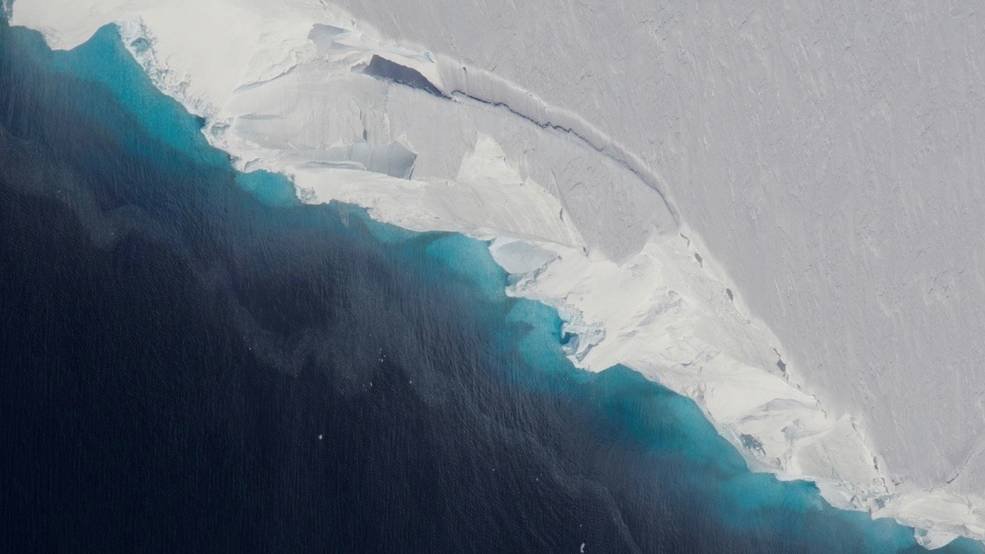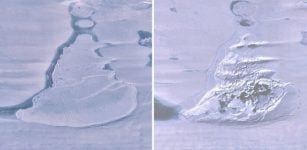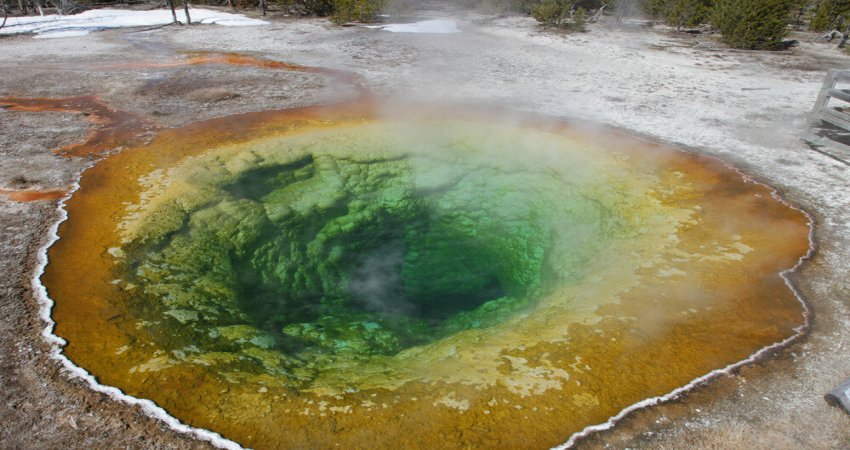Huge Cavity In Antarctic Glacier Signals Rapid Decay
MessageToEagle.com -A gigantic cavity — two-thirds the area of Manhattan and almost 1,000 feet (300 meters) tall — growing at the bottom of Thwaites Glacier in West Antarctica is one of several disturbing discoveries reported in a new NASA-led study of the disintegrating glacier.
Researchers used ice-penetrating radar in NASA’s Operation IceBridge, an airborne campaign beginning in 2010 that studies connections between the polar regions and the global climate. The researchers also used data from a constellation of Italian and German spaceborne synthetic aperture radars.

These very high-resolution data can be processed by a technique called radar interferometry to reveal how the ground surface below has moved between images.
“We have suspected for years that Thwaites was not tightly attached to the bedrock beneath it,” said Eric Rignot of the University of California, Irvine, and NASA’s Jet Propulsion Laboratory in Pasadena, California. Rignot is a co-author of the new study, said in a press release.
“Thanks to a new generation of satellites, we can finally see the detail,” he said.
Thwaites Glacier (about the size of Florida) is currently responsible for approximately 4 percent of global sea level rise. It holds enough ice to raise the world ocean a little over 2 feet (65 centimeters) and backstops neighboring glaciers that would raise sea levels an additional 8 feet (2.4 meters) if all the ice were lost.
There’s no way to monitor Antarctic glaciers from ground level over the long term. Instead, scientists use satellite or airborne instrument data to observe features that change as a glacier melts, such as its flow speed and surface height.
Many Antarctic glaciers extend for miles beyond their grounding lines, floating out over the open ocean.
The huge cavity is under the main trunk of the glacier on its western side — the side farther from the West Antarctic Peninsula.
In this region, as the tide rises and falls, the grounding line retreats and advances across a zone of about 2 to 3 miles (3 to 5 kilometers). The glacier has been coming unstuck from a ridge in the bedrock at a steady rate of about 0.4 to 0.5 miles (0.6 to 0.8 kilometers) a year since 1992.
Despite this stable rate of grounding-line retreat, the melt rate on this side of the glacier is extremely high.










